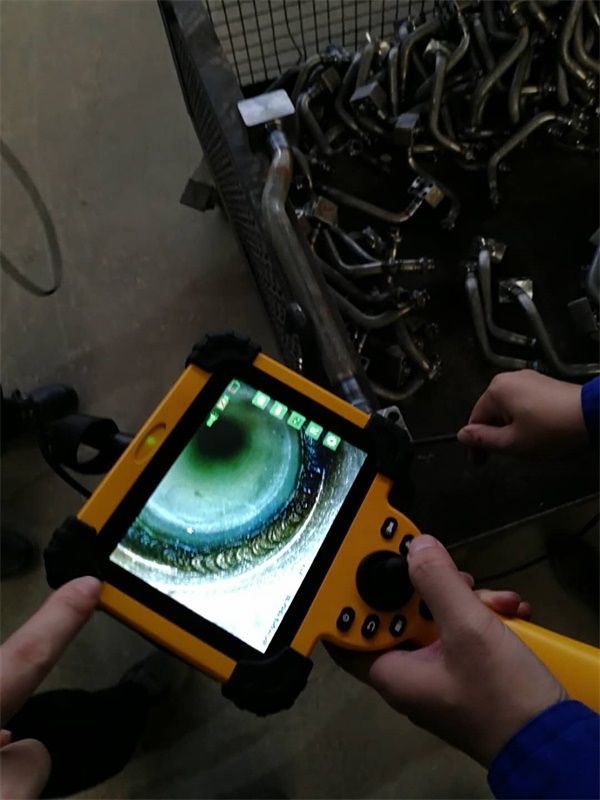Industrial endoscope is a tool used for examining, observing, and diagnosing areas that are difficult to access directly. It is usually composed of flexible or rigid slender pipes, which contain one or more optical fibers and a camera. The main uses of these tools include:
1. Testing and repairing pipelines or pipelines: Industrial endoscopes can be used to inspect pipelines, pipelines, or other narrow spaces to detect any damage, blockage, or other issues. This is crucial for maintaining and repairing industrial equipment and infrastructure.
2. Internal visual inspection equipment: In some equipment and machinery, parts that are difficult to see directly may require regular inspection. Endoscopes can help engineers and technicians inspect the internal condition of these devices to ensure their normal operation.

3. Medical applications: Rigid endoscopes and flexible endoscopes are also widely used in the medical field. Doctors can use endoscopes to examine organs, ducts, or tissues within the human body for diagnosis or for minor surgeries.
4. Safety inspection: In some hazardous or inaccessible environments, endoscopes can be used for safety inspection. For example, inspect the interior of containers, pipelines, or equipment to ensure that there are no potential hazards or problems.
5. Architecture and Engineering Applications: Engineers and architects can use endoscopes to inspect the interior of building structures, piping systems, or other structures to ensure compliance with design standards and safety regulations.
Overall, industrial endoscopes play a crucial role in many fields, providing a very useful means for people to observe and examine areas that are difficult to directly touch or see.
